Quick notes to help you grow your business in less time with less effort. . . starting next week.
In this issue:
- Thoughts on Listening
- Being Human
- Random Stuff
Thoughts on Listening
- Listening is hard and listening in online meetings is even harder. Use a trick we learned in high school: take notes. The AI summary won't be nearly as strong as our curated notes. Write stuff down.
- We can get better at listening. For instance, start listening for language that terminates. Words like never, always, they, only, etc. Are the words we're using opening discussions up or closing them down?
- Another tactic to improve our listening, especially in meetings, is to start with the end in mind. State it and get agreement. It will help keep us and the listener on track.
- Taking note of our environment helps combat challenges to listening. The next time a Friday 3:30pm meeting is scheduled, prep for it. We know it's hard to hear with the weekend looming after a long week. Be prepared.
Being Human – Coaching
“Success comes from knowing that you did your best to become the best that you are capable of becoming.” – John Wooden, famous coach
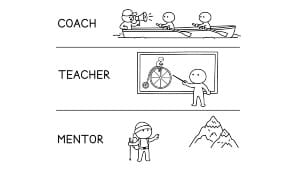
Coaching is a skill and like most skills, it takes time and effort to get good at it. In sales, it's common for superstar sales people to be promoted under the assumption that since they are great at selling, they should be able to show others how to do the same. I see this inside professional service firms too. The partners who are best at finding new clients train and coach promising associates.
With prerequisites like that, it's no wonder great coaches are hard to find. While on social media this week, I saw a screenshot of a new AI coaching tool built into Zoom's Revenue Accelerator.
"Focus on selling by reducing the burden of tasks like note taking, or capturing next steps. Get better faster with insights such as talk-listen ratio, talking speed, and sentiment analysis. Leverage an easy to search source of truth of all your customer conversations that simplifies preparing for sales calls, onboarding accounts, and collaborating across the revenue team."
Sounds great. What does it look like?
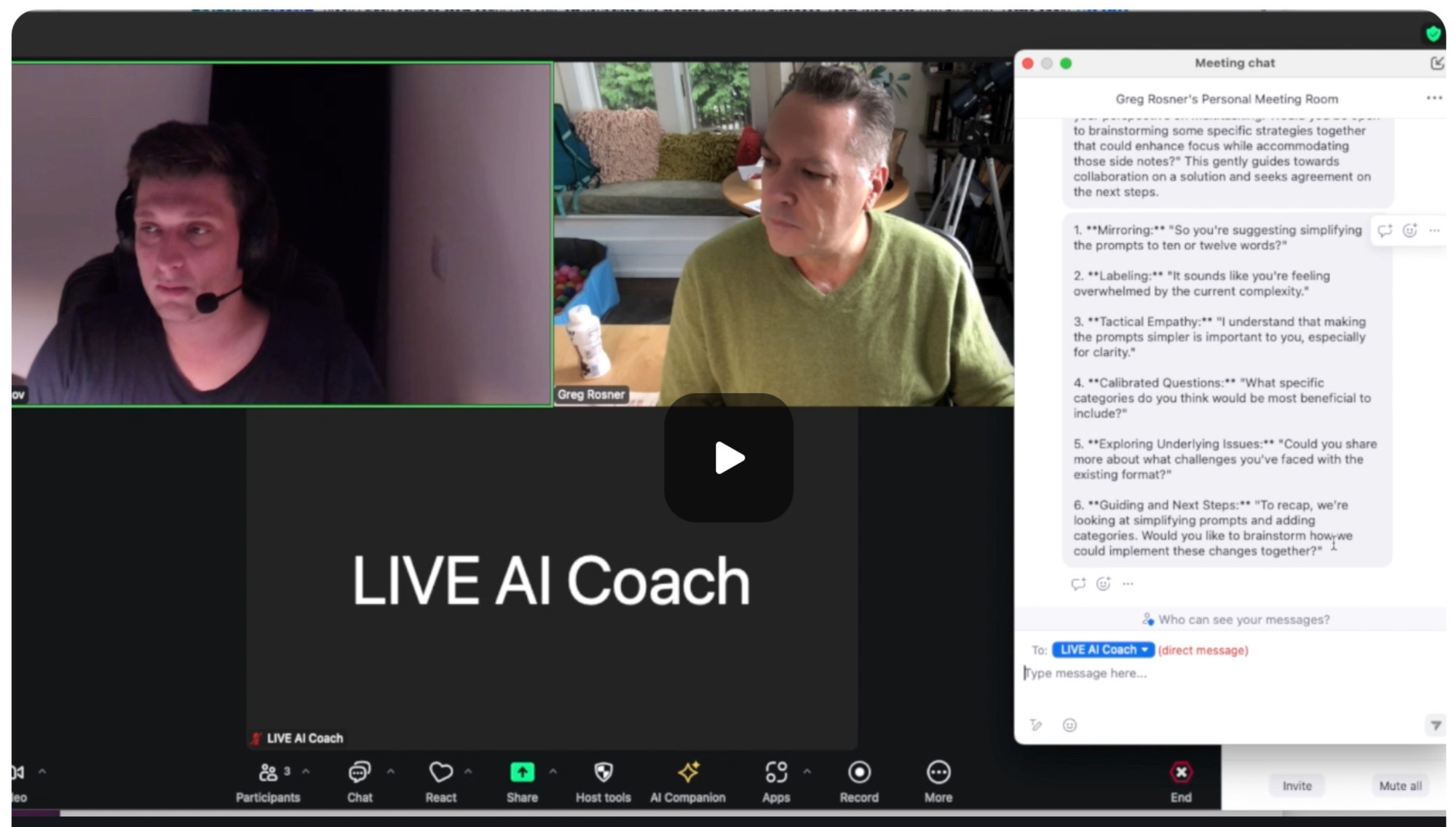
Oh no. The coaching knowledge dump.
Imagine, you're in the middle of a conversation and -ping- here's advice based on what the robot hears you and your prospect talking about:
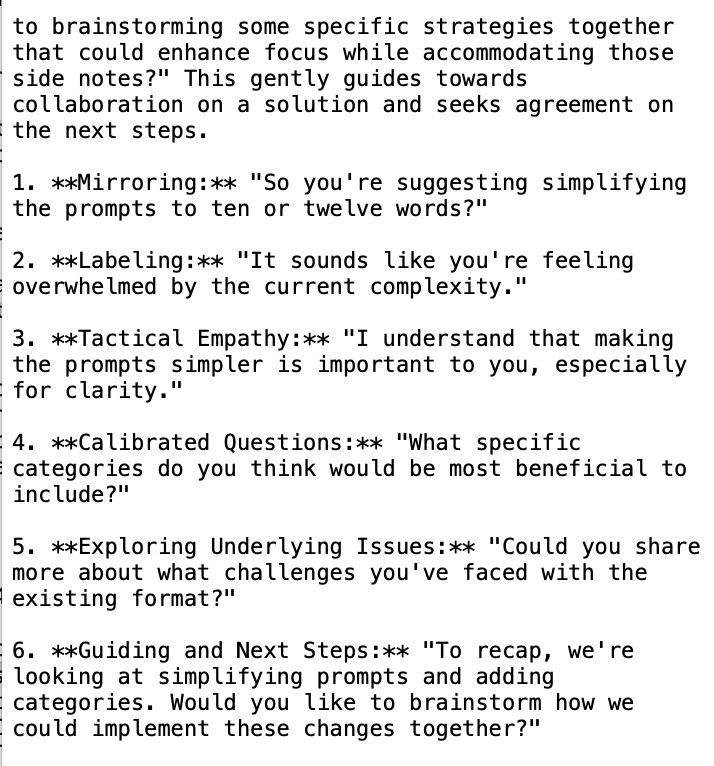
Your brain is like wait, what am I supposed to say/do?
Let me contrast that screenshot with the advice of famed golfing coach, Harvey Penick. Widely considered the greatest golf coach of his generation. In his Little Red Book he described his approach when he is approached by a golfer to fix a problem. The problem is usually expressed in general terms, like "I'm losing strokes around the green." Whatever it is, he starts by watching them hit balls. Makes sense. In a short time he sees a list of things they can improve on, and compares it to their goal. Just like the robot seems to be doing in the screenshot.
The difference between Harvey-super-coach and the bot is what happens next.
Harvey picks one thing, what he considers the most important thing, and works on fixing it.
Take a look at this graphic from my books:
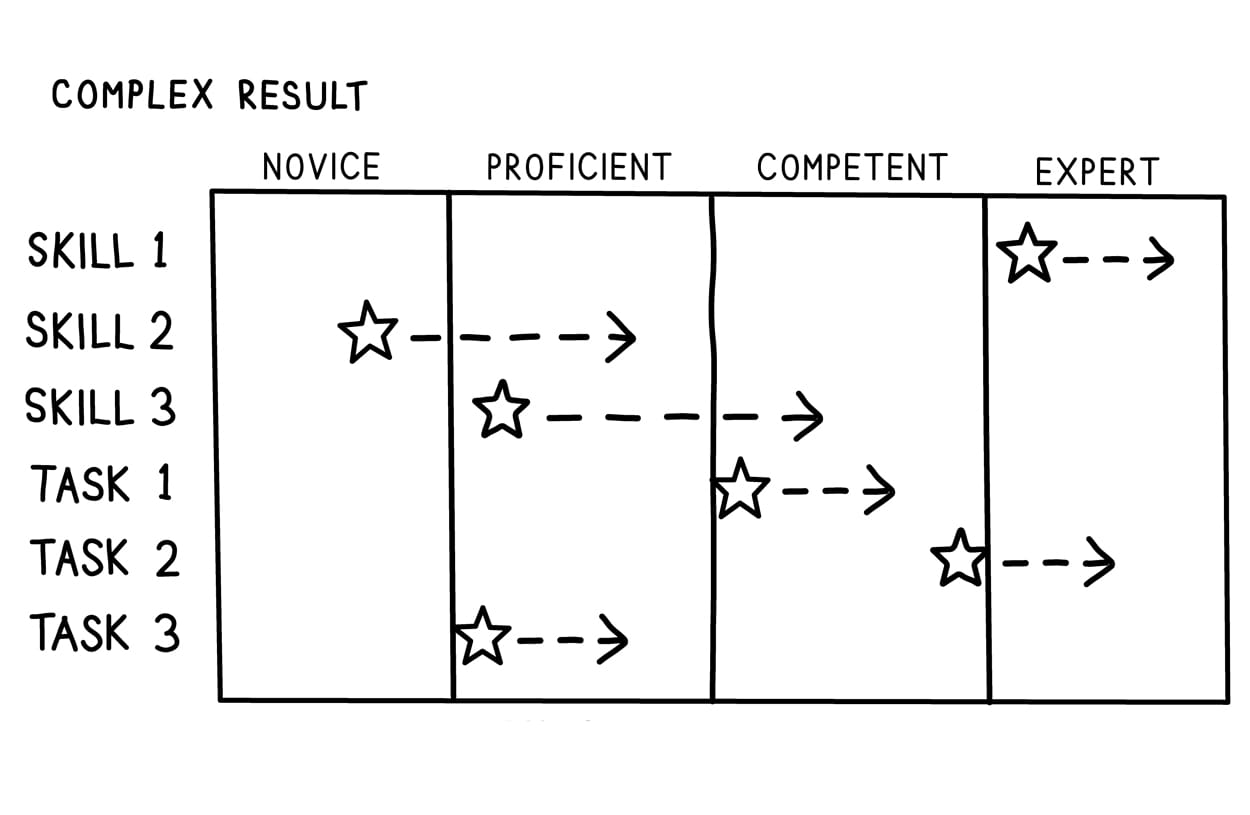
It's inspired by Harvey and my experiences in coaching. Don't fix everything. Fix one thing. Then work on the next thing. Do it this way because it's how humans get good at things. When we're working on a task, we're not universally bad at everything. We're kind of good here, better there, worse at this, and ok at that. To get to our goal, the best progress comes from making focused improvements on specific skills and tasks, versus trying to get better at everything all at once.
Like the robot is doing.
I'm sure the AI coaching tools with get better, but coaching is as much art as science. Arming your coach with unlimited analytics might work, but until then, try the Harvey P. approach. It works now.
Random Stuff
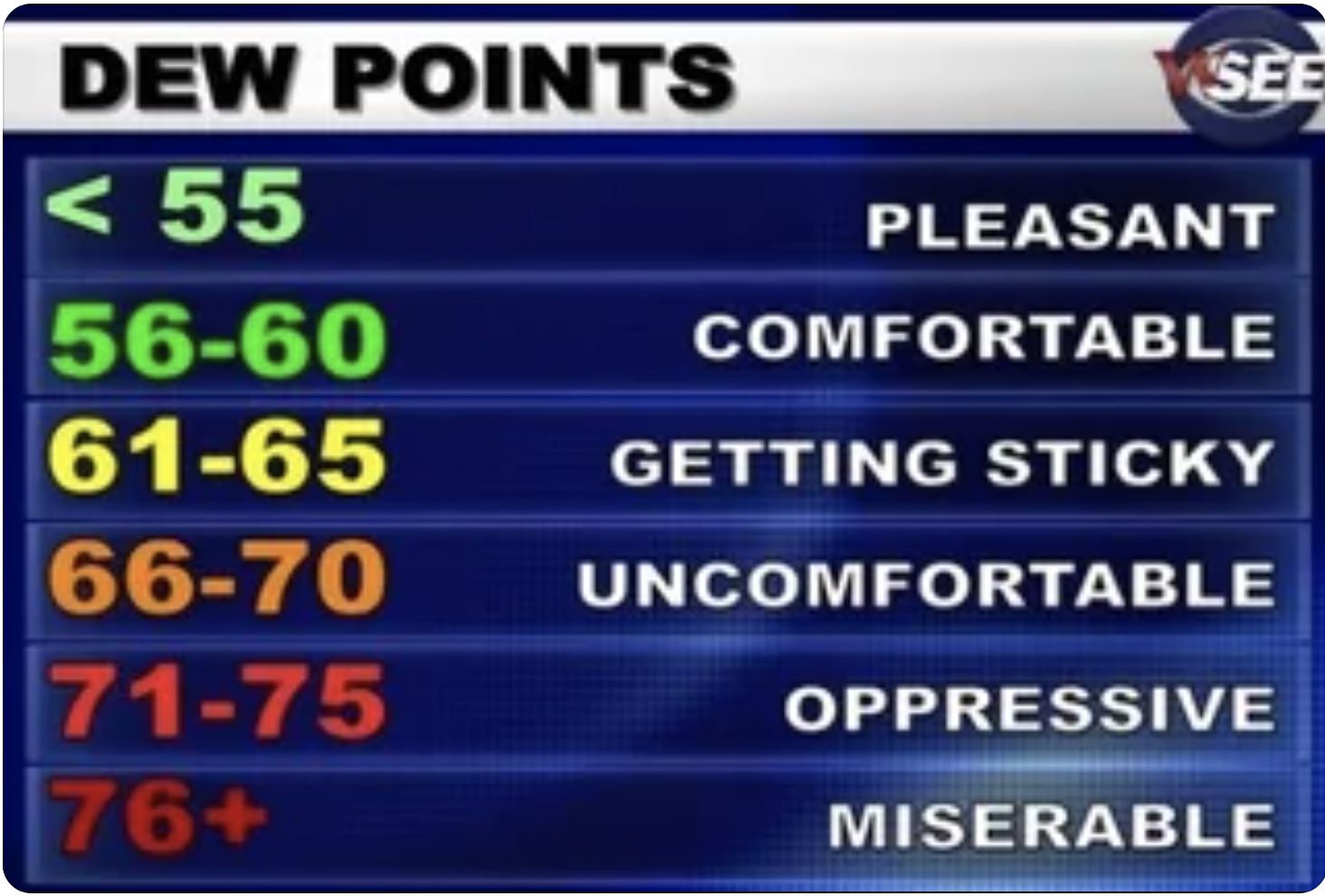
It's been hot in these parts. Hot and humid. Have you ever heard of corn sweat and heat domes? We've got 'em. Corn sweat, in case you aren't surrounded by millions of acres of corn, is evapotranspiration. An acre of corn "sweats" about 3,000 to 4,000 gallons of water a day, according to experts. Adding humidity to the humidity. The heat dome keeps it all in.
I grew up in the high desert of Denver, CO. Dry. When we moved to Omaha it was summer and I was invited to play golf. It was hot and humid like it is now. The heat didn't seem concerning, 85 degrees or so, but the humidity wasn't something I was used to. I wore the wrong clothes and was a sopping mess by hole 3. Miserable.
Miserable isn't me being a baby, it's on a chart they put on TV this time of year. It's given me a language for the steamy dishwasher feeling I get when working in the yard or walking to the store. It's been "miserable" a few days this week. Oppressive most other days.
But what can you do? As John Wooden said, “Things turn out best for the people who make the best of the way things turn out.” Do what you can with what you have. Good advice for dealing with the weather.
The right clothes help. A few years ago I bought linen and Madras shirts for days like this. Loose knits that breathe. They work great, but I didn't like how they fit. Too much fabric. Too blousy. This spring I took action. I brought them to a seamstress accompanied by my favorite fitting shirt. She said, do you want to step into the dressing room to pin this? I said no, just do your best using the good shirt. She did and now 4 of the 6 shirts are ready for the heat.
The other two, however, are a little tight. They make me feel like I'm the Incredible Hulk, straining chest buttons to the point of failure. Fat guy in a little coat.

Maybe I'll be a little less mooby next summer. It'll be like getting a new wardrobe.





